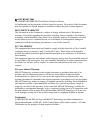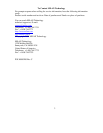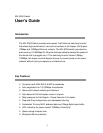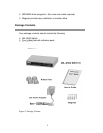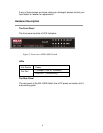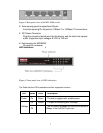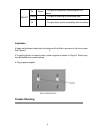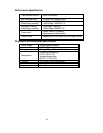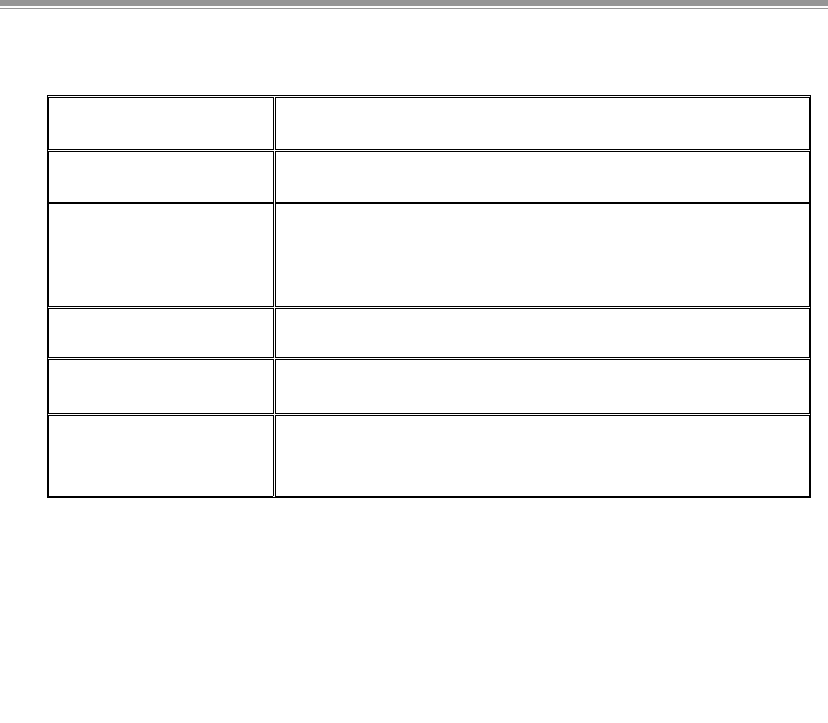
The Switch can be easily monitored through panel indicators that assist in the
identification of problems. This section describes common problems you may
encounter and where you can find possible solutions.
Power
If the power indicator does not turn on when the power cord is plugged in, you
may have a problem with the power outlet, or power cord. However, if it
powers off after running for a while, check for loose power connections, power
losses or surges at the power outlet. Or, you may try to unplug the power cord
on the Switch, wait for five seconds and then reconnect. If you still cannot
resolve the problem, call our technical support hotline.
Cabling
Verify that the cabling type is correct. Be sure all cable connectors are securely seated
in the required ports. Use all standard unshielded twisted-pair (UTP), Category 3, 4, or
5 cables or Category 5 only when connecting with Fast Ethernet. Make sure the
maximum distance between the Switch to the workstation, or Switch is 100 meters.
Product Specification
General Specification
Standard Compliance
IEEE 802.3 10Base-T Ethernet
IEEE 802.3u & 802.3x 100Base-TX Fast Ethernet
Number of Ports 5X 10/100Mbps Auto-sensing RJ-45 ports
Data Transfer Rate
Ethernet: 10Mbps(half duplex)
20Mbps(full duplex)
Fast Ethernet: 100Mbps(half duplex)
200Mbps(full duplex)
Network Cables Unshielded twisted-pair cable
Topology Star
LED Indicators
Per Device Power
Per Port
100Mbps, LINK/ACT
9




